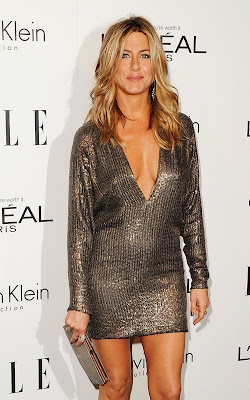Character and Celebrity - Cornell Daily Sun
Two exhibits could barely seem as thematically far apart as those of Nellie Prestine-Lowery 12 and Sarah Sanders 12. While Prestine-Lowerys photography examines the often over-looked place of beggars and outcasts in society, Sanders combines video and illustration to explore the characterization of everyday people as well as those who have achieved fame. This combination of the particularly ignored and the highly adored, however dichotomous it may seem, does an excellent job of making its audience think. An initial confusion or scorn of the ideals represented in the galleries quickly turns to contemplation. One begins to wonder just what role beggars play in society and how we ourselves are characterized from day to day.
Hanging unobtrusively in the Olive Tjaden gallery, Nellie Prestine-Lowerys photography exhibit, Hidden City displays a variety of figures found during her semester in Rome. Many of those depicted appear homeless, scruffy, eccentric, or all three. At first glance one may feel inclined to simply move to another room, but closer inspection reveals a theme just as hidden as the exhibit itself. Two old women concealed behind head scarves, another woman dwarfed under her dark jacket, a beggar sheltered by his beard, another by the wall upon which she lay slumped; each attempts to hide away from societys already glaring eye. These are the people that society actively tries to ignore, the ones that passerby try to shun out of existence. For her exhibit, however, Prestine-Lowery makes sure that the casual observer cannot simply ignore her subjects.
Each photo draws its audiences eyes precisely to that which on any other day they would have ignored. Every photograph makes paramount what once would have been a gray shape out of the corner of your eye. Prestine-Lowery takes her incredibly marginalized subjects and makes them the center of attention. She puts each and every so-called outcast into the forefront of every photograph, forcing her audience to accept their presence. And once this has occurred, once one realizes they are there, one has no choice but to think about them. And what their presence really means. Hidden City never explicitly answers this question, but it certainly compels its audience to do so.
On the opposite side of the hall, and thematic spectrum, lies Sarah Sanders exhibit That Girl. Unlike Prestine-Lowerys gallery, Sanders feels instantly engaging with bright, life-sized illustrations decking the walls and two brief videos to entertain oneself with in the corner. The illustrations are fantastic and drawn in a style I personally find pleasing, with an expressive fluidity. Sanders Character Series displays five different styles of not only clothing but also pop cultures. Each girl is also designated a specific personality: Intelligent, Feminine, Badass, Eccentric and Sexy. The appearance of each fits her description perfectly. However, each character comes with an accompaniment that makes Sanders Character Series truly interesting: an expression chart.
Sanders brief gallery essay explains how every day we try to read the personalities of those around us, classifying others by the characterization that each person puts forth. However, she points out that in reality people are not simple caricatures of a single personality type each of us is an amalgamation of various thoughts, feelings, and inclinations. This inevitably shows in our everyday reactions, despite the characters we attempt to represent. That is what makes the expression charts so wonderful; they break down the simple characterizations of each girl in the Character Series and make you rethink the ideas we have of each depiction of their apparently simple personalities.
This idea of characterization carries over in an extreme way in Sanders videos, The Fame Created Me and Love is a Brick. The videos illustrate the eccentric portrayal of celebrities, including Freddy Mercury, Lady Gaga, and Marilyn Monroe. This is where the contrast with Hidden City becomes readily apparent. After viewing a variety of photographs that explore those everyone ignores, its incredibly jarring to watch a video that investigates the over-the-top exploits and self-centered spectacles of the overly famous.
But that is what is so fascinating about these two exhibits. While taking in Sanders very stereotypically depicted characters, I couldnt help but let my mind wander back into Prestine-Lowerys gallery and wonder what characterization her outcasts put forth. And if Sanders characters only appear to succumb to societys expectations while openly defying them with every real life reaction, what can or will happen with those that society tries to ignore? Nellie Prestine-Lowery and Sarah Sanders may have created two galleries that seem to try to stay as far away from one another as possible, but just like those who dont seem to mix in real life, these two wonderful exhibits push each other into a new realm that neither by itself would be able to reach.



Comments